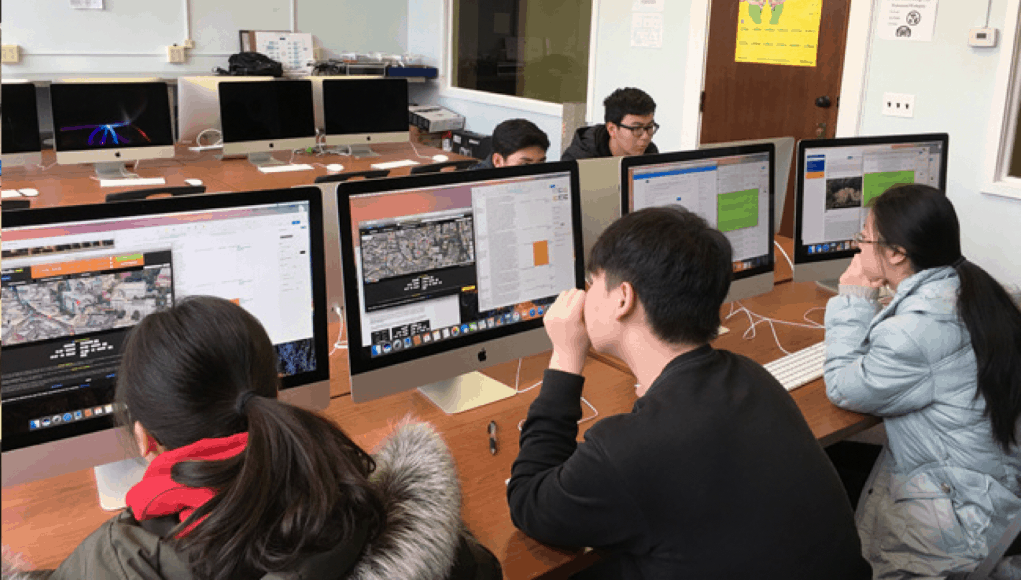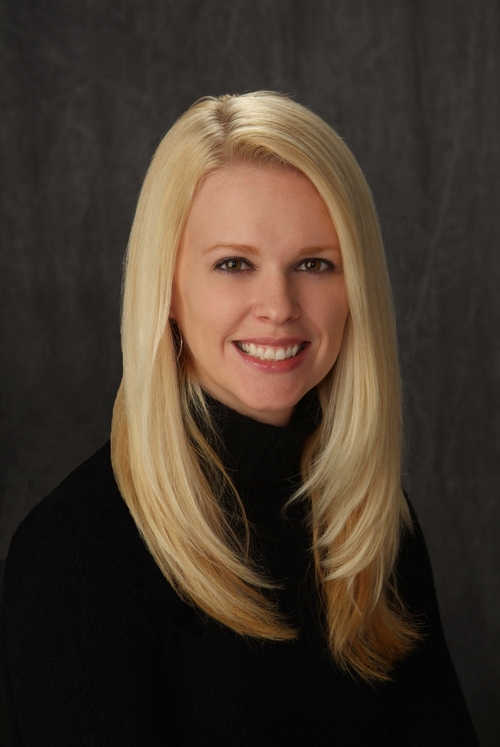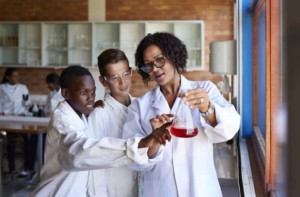Building a World Bridge to College, Career and Life Readiness

What do you get when you mix NASA scientists and earthquake research together with a group of inspired Alaskan students?
Not only do you get the Earthquake Signal Precursor (ESP) monitoring system, potentially serving as an early-warning earthquake detection technique that could save lives, but you accelerate academic performance for students in STEM to greatly enhance the quality of our next generation of scientists, technologists, engineers and mathematicians.
Students from Kodiak High School worked in concert with NASA scientists to design and build the ESP infrastructure, the hardware and software necessary to measure and display earthquake precursor data in real-time. This involved participation in conference calls with NASA to describe their progress and work through various challenges just like any professional research and development team.
NASA was impressed enough with the results of their enterprise to suggest the team submit their project to the international NASA World Wind Europa Challenge. This is an annual challenge where university students and industry professionals from around the world compete to win top honors for their solutions serving the NASA motto ‘for the benefit of all.’ Thinking they might get an honorable mention, the Kodiak High School team submitted their project…and then won first place against some of the best and brightest university students from around the world.
This is just one of the opportunities provided by A World Bridge, an international program led by Trillium Learning and its partners from government, industry and academia. This program is designed to challenge students with real-world, real-time high-tech projects that help boost next-generation interest in STEM careers and prepare them for college, career and life success via curriculum options involving professional-level, project-based learning.

In The Beginning
Ron Fortunato, president of Trillium Learning and coordinator of the A World Bridge program, first became involved in these kinds of projects as a teacher in Virginia. “I was working with kids in an afterschool enrichment program and frankly was quite discouraged with the way I was teaching,” Fortunato said. “I was teaching the way I was taught, and I could tell the students weren’t happy and I wasn’t happy. Something needed to change.”
Enter NASA, who was having an all too common prospective employer problem: Graduates were applying to work for NASA, yet they couldn’t solve problems independently. “College is too late to teach problem-solving and other skills they’ll need to be a successful employee someday. But high school is a great place for developing those skills,” Fortunato said.
NASA decided to help its potential future employees by inviting schools to participate in a problem-solving challenge around space flight, with a chance to fly an experiment on an actual space shuttle mission. Fortunato, who was tasked with taking his enrichment program participants around the district and “come up with things for them to do,” heard about the challenge and decided his students needed to participate in this hands-on project. “This seemed like the perfect opportunity to help my students gain the real-life skills they weren’t getting, so we submitted a proposal and we were amazed when we actually won.”
Fortunato and his students created a “space lab” with donated equipment from NASA, and then met their supervisors, the NASA Viking team–the very same group that put the Viking Lander on Mars. It was through this experience that Fortunato learned how NASA puts together space flight organizations. Different student groups were paired with the NASA engineering team, communications team, science data management, mechanical and electrical systems, etc., to mentor them on the project.
Even Fortunato had a mentor. “They paired me up with the project manager for the Viking mission. I learned so much from him about how to build a problem-solving organization, and establish an integrated systems-thinking team – designed to take on problems that have never been solved” said Fortunato. After years of hard work, the student team had their experiment approved by NASA Goddard Space Flight Center, and it flew on a NASA Space Shuttle mission.

What’s Next for ‘A World Bridge’ Students?
This extraordinary education experience is what gave rise to Fortunato developing Trillium Learning, to help design and build exciting educational environments for other school districts.
“One of those projects today is CitySmart, an international initiative to support management of urban resources (such as energy grids, through water grids, to transportation grids). This web app would help city personnel to manage their urban infrastructure,” Fortunato said. “So again, NASA suggested we participate in advancing a CitySmart prototype web app for urban management, utilizing the NASA World Wind virtual globe technology.”
Students ranging from New York’s Fei Tian Academy of the Arts, to Alaska’s Kodiak and Yupiit School Districts, are developing functionalities for CitySmart. These will help city staff manage their resources for a more sustainable, more livable and more resilient urban environment. The students’ current progress was presented by Fortunato at a recent international conference with representatives from cities around the world that included NASA and European Space Agency.

During this project, students collaborated with NASA researchers and learned to code in JavaScript, how to interact with an application programming interface (API) and how to construct a basic web application, while experiencing the kind of pressures that accompany real-world projects, such as deadlines, budget constraints and changing priorities.
“We’re pretty excited to share what we’ve created with city administrators and high-tech solution providers, but our projects have more value than just the product created,” Fortunato said. “At the end of the day, these students have learned how to learn. They know how to break down a problem and solve it using their own skill sets, as well as being able to identify what skills are needed but not available in their group, and then they find a way to learn that needed skill. This kind of systems approach to problem-solving is what will help them be successful wherever they go in life.”
Immediately after the Italy conference, NASA took Fortunato to the UN FAO office in Rome to discuss the NASA World Wind application being used by the FAO locust intervention program. This program attempts to identify development and movement of locust activity before they swarm, which if allowed to happen, can decimate agriculture at the national scale. Fortunato learned that the UN FAO would benefit from additional tools to enhance their early warning system in detecting locust swarm development, and thereby better facilitate a rapid response to eliminate this threat.
Based on the A World Bridge teams’ previous work, the UN FAO invited these teams to develop additional tools with NASA World Wind that FAO can distribute to other countries facing the locust problem and the potential for massive impact to food resources. “There’s no limit to A World Bridge projects. These students learn and contribute at their highest level of performance,” said Fortunato.
Interested in getting your students and/or school involved? Contact Ron Fortunato via email to find out more.
For more, see:
- Equipping Students to Lead In Our Rapidly Changing World
- My First School Visit: Project-Based STEM at TAF
- Empowering Girls to Become Future STEM Stars
Stay in-the-know with all things EdTech and innovations in learning by signing up to receive the weekly Smart Update.







0 Comments
Leave a Comment
Your email address will not be published. All fields are required.